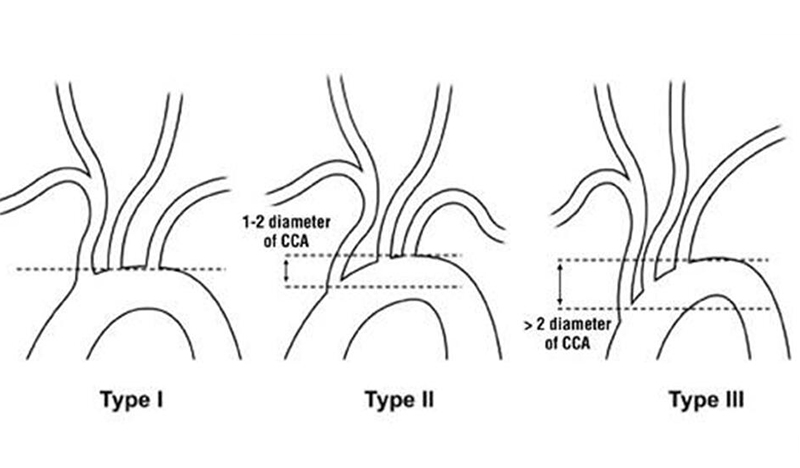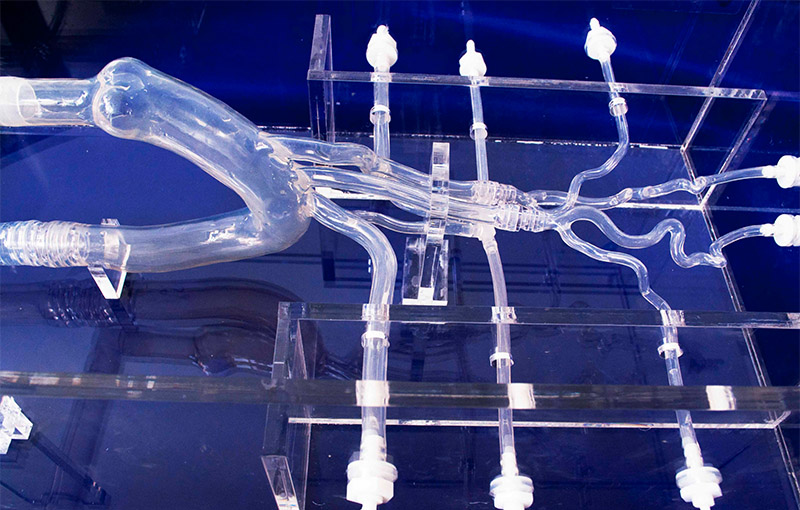Ischemic cerebral stroke is major cause of death in China with carotid artery occlusive disease as the chief culprit. Carotid artery stenting (CAS) has been widely used for carotid artery occlusive disease, especially for patients who cannot undergo carotid endarterectomy.
CAS is a less invasive procedure than carotid endarterectomy, but it also has some risks. A good knowledge of aortic arch and carotid artery anatomy is necessary to the successful carotid angiography and endovascular therapy. The anatomical characteristics of aorta arch have impact on procedural complexity. It can give the doctors a better idea of modifying the CAS technique and choosing the most appropriate device.
The vertical distance from the origin of the innominate artery to the top of the arch determines the arch type and the complexity of procedures:
Type 1 arch: this distance is <1 diameter of the left common carotid artery (CCA)
Type 2 arch: this distance is < 2 times the CCA diameter
Type 3 arch: this distance is > 2 times the CCA diameter.

It quite difficulty to reach carotid artery if you encounter the case with Type 2 or 3 arch. Therefore, young doctors are not allowed to do the CAS procedure on patients with Type 3 arch before they get enough experience on the technique.
Fortunately, we Trandomed 3D can provide Type 3 arch vascular models for young doctors. They are 3D printed with silicone material based on real human CT /MRI data, replicating the structure and dimension of Type 3 arch. It’s indeed a perfect model for demonstration and practice of CAS procedures.

